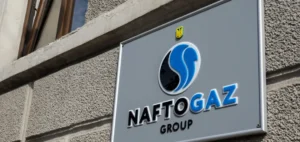Leaks from the Nord Stream 1 and 2 gas pipelines due to alleged sabotage in the Baltic Sea have released some 70,000 tons of methane, a potent greenhouse gas, according to an estimate Wednesday by
French researchers from atmospheric observations.
“These are significant figures, equivalent to 2% of French emissions or the emissions of a city like Paris over a year, it is not good news, but not a climate bomb,” noted Philippe Ciais, a researcher at the Commissariat à l’énergie atomique et aux énergies alternatives (CEA), at
Climate and Environmental Sciences Laboratory.
These estimates are much lower than the first ones produced by experts or NGOs in the days following the gas pipeline explosions on September 26, which were based on estimates of the quantities of gas contained in the pipes. Many estimated them at around 300,000 tons. Gas
is methane.
Researchers at the CEA carried out simulations using data from stations in the European observation network Icos, which monitors the flux of atmospheric concentrations of greenhouse gases.
Records from stations that tracked methane emissions were modeled under some 10,000 scenarios.
As the wind blew, the fumes first moved up towards the south of Sweden, then turned westwards over Norway and the United Kingdom, before being spotted, in much smaller quantities, as far as the tip of Brittany.
“We are a little surprised” by these results, admitted Philippe Ciais, during a video conference. “Was there less gas in the pipes? Did some of the methane dissolve in the water, which does not seem too possible? We do not have an explanation”, he acknowledged, while underlining “that as the +pipe+ empties the pressure decreases”, which could have played on the quantities of gas expelled.
“Perhaps after a very large release at the beginning, the fluxes have decreased to below the detectable level compared to the natural signal” in the atmosphere, wondered Antoine Berchet, who conducted the modeling.
Records show a very strong peak in releases on September 27, which drops off from the 28th, before a new lower peak on October 1.
The researchers emphasized that this first study should nevertheless “be confirmed by other modelers”.





















